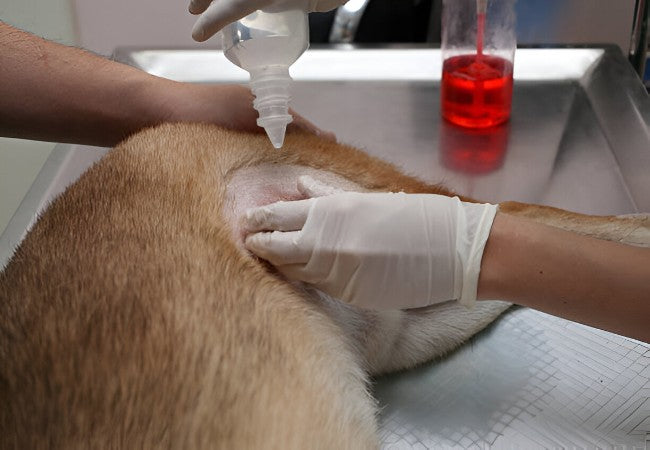Vet’s 2025 Guide to Chemodectoma in Dogs – Diagnosis, Treatment & Prognosis 🐶

In this article
Vet’s 2025 Guide to Chemodectoma in Dogs – Diagnosis, Treatment & Prognosis 🐶
By Dr. Duncan Houston BVSc
💡 What Is Chemodectoma?
Chemodectomas are slow-growing, mostly benign neuroendocrine tumors arising from chemoreceptor cells at the heart base (aortic body) or carotid artery. In dogs, they commonly present as heart-based masses.
⚠️ Who’s at Risk?
- Older dogs (mean age ~10 yrs).
- Brachycephalic breeds (Boxer, Boston Terrier, English Bulldog) due to chronic hypoxia.
- Elevated altitude or chronic oxygen deficiency increases risk.
🧩 Clinical Signs
- Pericardial effusion → muffled heart sounds, ascites, weakness, collapse.
- Cough, exercise intolerance, right-sided CHF signs: dyspnea, peripheral edema.
- Rare signs: neck mass, dysphagia, carotid body tumors.
🔬 Diagnosis
- Physical exam with history—listen for effusion signs.
- Bloodwork + urinalysis—to assess organ health/metastasis.
- Chest X-rays—may reveal enlarged cardiac silhouette or pleural effusion.
- Echocardiography—gold standard; shows mass at the aortic root, often with effusion.
- CT/MRI—delineates tumor extent, vessel invasion.
- ECG—may reveal electrical alternans with tamponade.
- Biopsy—rarely feasible; definitive diagnosis usually post-mortem.
💊 Treatment Options
- Pericardiectomy: Palliative removal of pericardium to relieve effusion—median survival ~661–730 days vs 129 days with medical therapy.
- Surgical excision: Rarely possible—high-risk due to vascular location.
- Radiation therapy: Stereotactic or conformal radiation can shrink tumors, extend survival.
- Chemotherapy: Limited benefit, may provide palliation.
- Medical management: Diuretics, antiarrhythmics, supportive care.
🏡 Long-Term Care & Prognosis
- With pericardiectomy ± radiation, many dogs live 1–2 years post-diagnosis.
- Medical management only: median ~4–5 months.
- Early detection (incidental masses) can lead to longer survival.
- Regular imaging and cardiac monitoring are recommended every 3–6 months.
🛡️ Preventive Insights
- Annual health checks for brachycephalic breeds >8 yrs.
- Prompt evaluation of cough, weakness, collapse, or ascites.
- Altitudes >1,500 m could increase risk—limit chronic hypoxia.
📲 Tools for Owners & Vets
- Ask A Vet: Telehealth support for managing effusion, medication adjustments, and palliative decisions.
🌟 Case Snapshot
Case: Max, a 10-year-old Boxer, presented with mild ascites and exercise intolerance. The echo showed a heart-based mass with effusion. Underwent pericardiectomy and 3× stereotactic radiation sessions. Eighteen months later, Max remains active and symptom-free on monthly monitoring. 🐾
✅ Key Takeaways
- Chemodectoma is a rare heart-based tumor in older, brachycephalic dogs.
- Often causes pericardial effusion—echo is essential for diagnosis.
- Pericardiectomy + radiation offers the best chances for long-term survival.
- Early detection and monitoring improve outcomes.
- Ask A Vet and smart tools support treatment, follow-up & quality of life. 🩺
📥 Need Support?
If your dog shows cough, weakness, or fluid build-up around the heart, download the Ask A Vet app for on-demand expert help. Visit AskAVet.com for 24/7 veterinary assistance. 🐾🩺






